“A bottle of wine contains more philosophy than all the books in the world,” said Louis Pasteur, the pioneering French chemist and microbiologist known for his research on vaccination, microbial fermentation, and pasteurization.

Moët & Chandon pyramid
This viewpoint has always guided Moët & Chandon, a champagne house deeply aware that winemaking is intimately linked to the climate, slope, and soil. Directly witnessing the impact of global warming on viticulture, Moët & Chandon is dependent on the protection of the environment for its survival, which entails the preservation of its vineyards and the natural ecosystem, water and energy conservation, sustainability in its supply chains, and learning from nature.
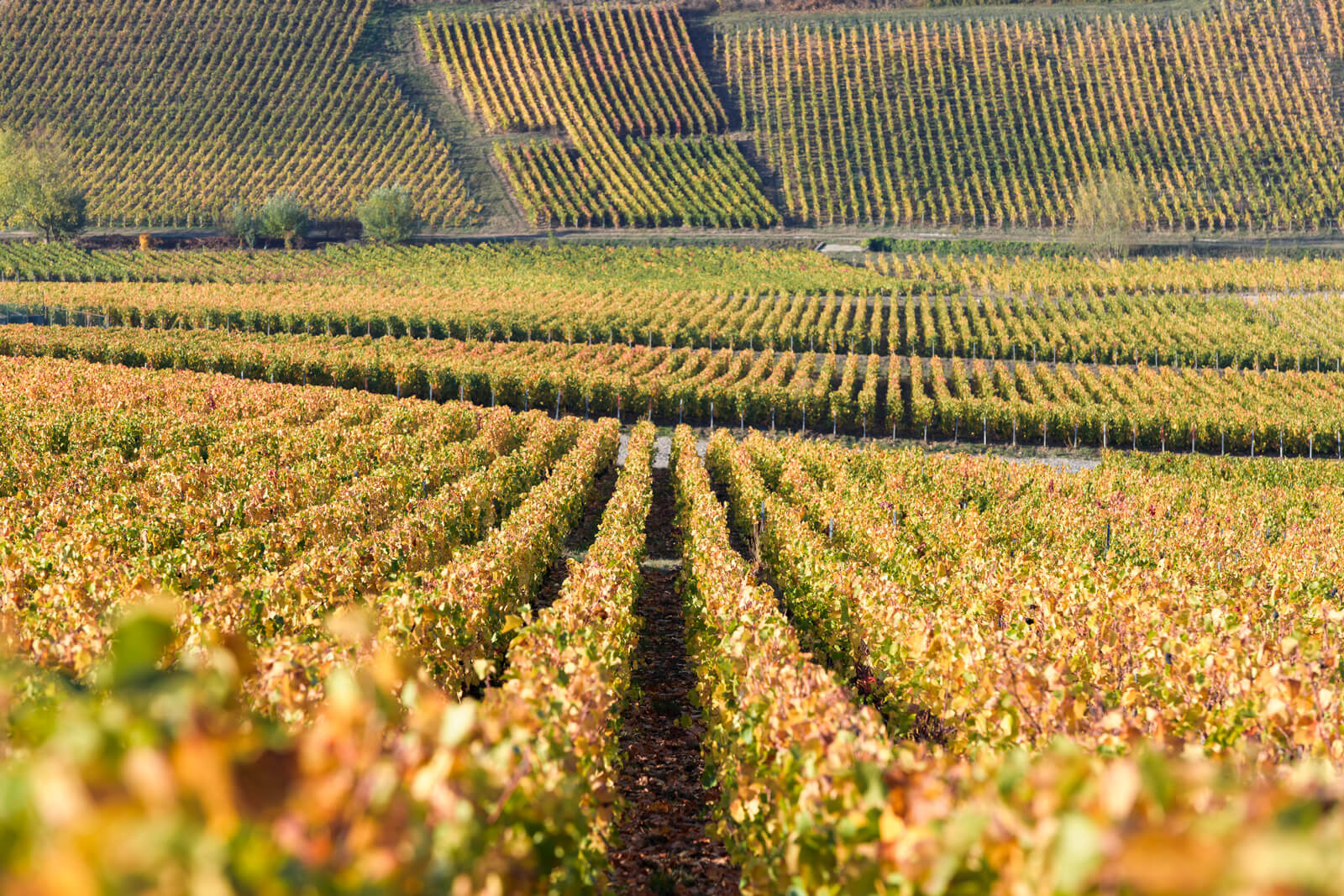
Moët & Chandon Pinot Noir vineyards in Ay, France
As proprietor of the largest estate in Champagne, with 28 km of underground cellars and 1,200 hectares of only 34,300 hectares in all of the prized region, Moët & Chandon is the world’s number one producer of champagne.

Moët & Chandon Grand Vintage Reserve in the Epernay cellars
What Nature Means To Moët & Chandon
“As the leader in Champagne, we have the responsibility to do everything in our power to preserve nature and set an example for the whole region,” said Stanislas Milcent, Moët & Chandon’s quality and environment director.
“The leaders of Moët & Chandon have always believed that the exceptional quality of our champagnes owes much to the precious nature and soil that nurture our grapevines. It’s the very source of our champagnes and the heart of our success. Our commitment to the preservation of nature and our vineyards for future generations has always been part of our house’s philosophy. In 2000, we took the decision to accelerate to sustainable viticultural practices because we could not stand by and watch the impact of climate change.”
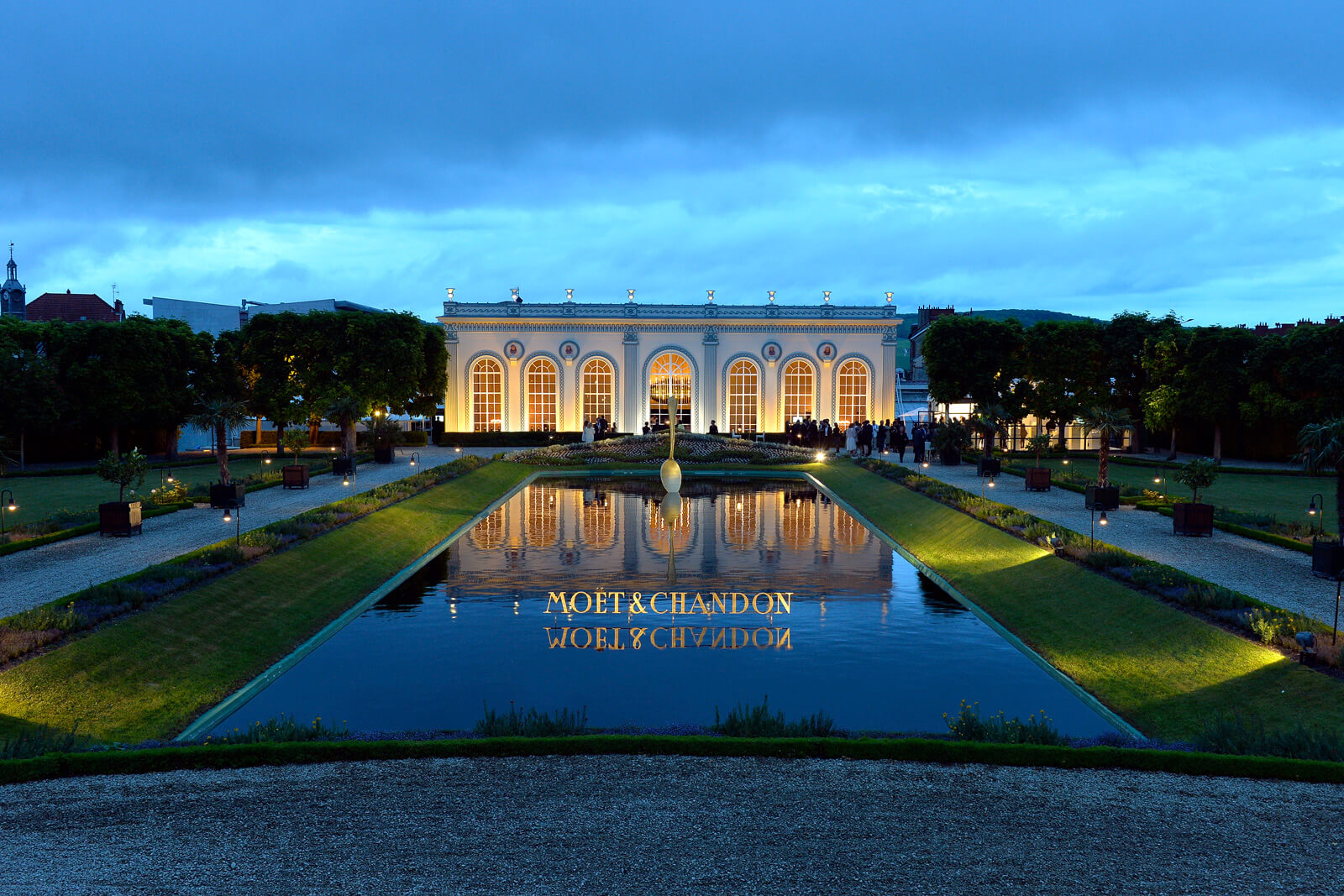
L’Orangerie, Moët & Chandon
I found out firsthand just what Milcent meant on a recent visit to the Mont-Aigu vineyards in Oiry near Épernay on the Côte des Blancs, where I listened to Véronique Bonnet, Moët & Chandon’s vineyards manager, speak. Harvest had begun around a week or so before, marking the end of an incredibly complicated growing season.
In 2021, the Champagne region with its Chardonnay, Pinot Noir, and Meunier grape varieties was battered by spring frosts and hail. And the rain didn’t stop all summer, which made controlling downy mildew a serious problem. Certain sectors were hard hit with significant losses in yield.
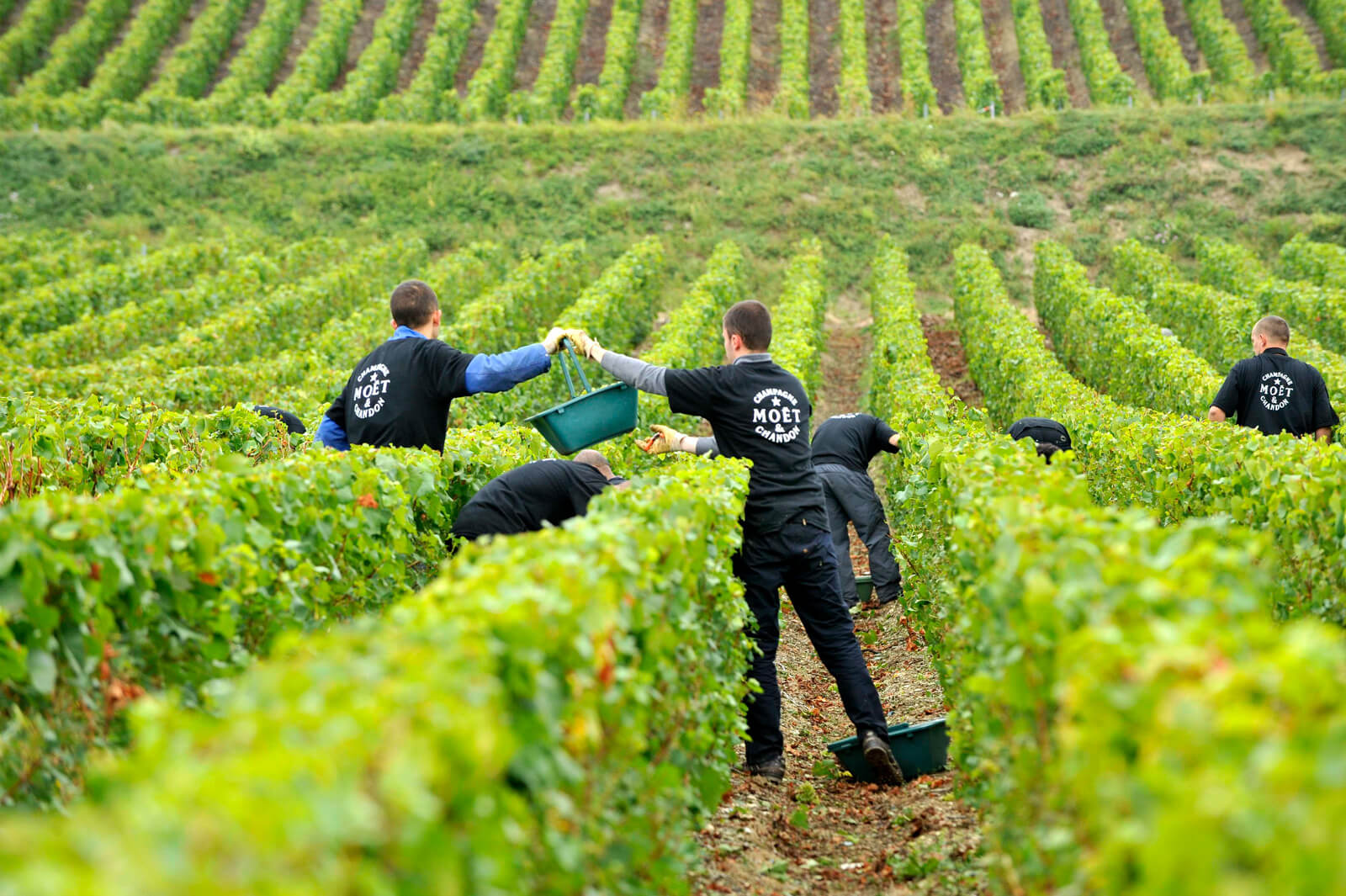
Harvest time at Moët & Chandon
Overall, Champagne’s winegrowers suffered close to a 30-percent yield loss due to frost, while mildew claimed another 25 to 30 percent. Bonnet noted how harvest time in the past used to be in October and harvesting now starts a month earlier in September; 2020 had broken the record with an August harvest, the earliest start date in history.
It’s no wonder that in 2012, Moët & Chandon inaugurated a new space dedicated to twenty-first-century winemaking: an ultra-modern, sustainable, and energy-efficient vat room in Mont-Aigu, which was awarded France’s “High Environmental Quality” label.
Moët & Chandon obtained ISO-14001 certification for all its sites and activities in 2007, and since 2014 all of its vineyards have been doubly certified for sustainable viticulture and high environmental value.
“This certification, verified by the independent organization Ocacia, has 99 criteria that range from soil and plant nutrition to management of vines and waste management,” explained Milcent. “Soil preservation is key for us as it contributes to the conservation of biodiversity and the coexistence of life with landscape elements such as trees. On top of our 1,200 hectares of vineyard, we have 469 hectares that are fully dedicated to the preservation of biodiversity with woodland hedges, forests, and ponds. Each is a biodiversity reserve in itself that contributes to fighting diseases, reducing water stress, and temperature.”
Over the past decade, Moët & Chandon has significantly reduced the use of herbicides in its own vineyards by 98 percent and became entirely herbicide-free in 2020. It has set up its wine production and distribution processes to have the least possible impact in terms of consumption, emissions, and effect on natural resources.
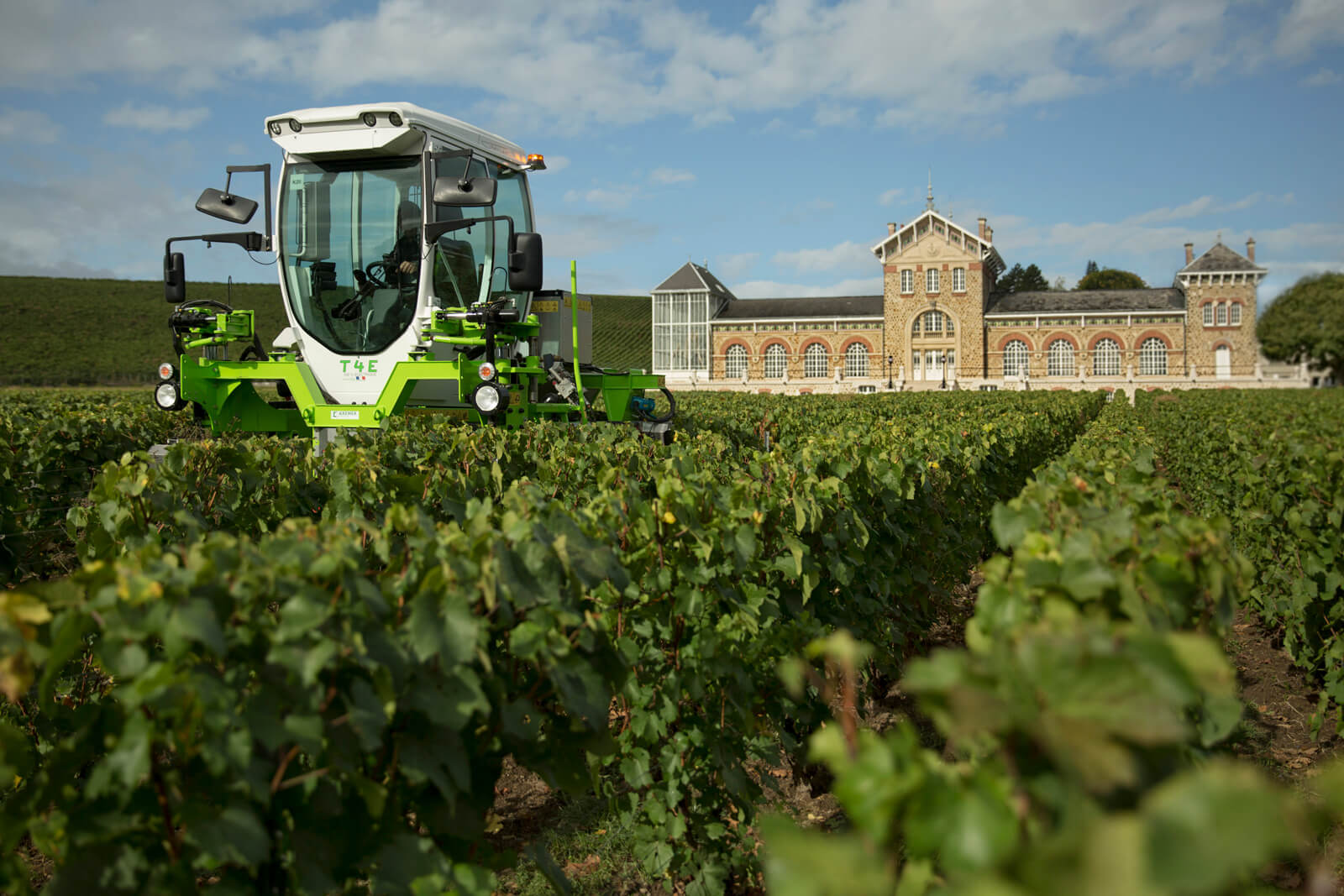
Moët & Chandon electric vineyard tractors at Fort Chabrol, France
Since 2012, it has reduced its carbon footprint by investing in green technology, becoming Champagne’s first company to use electric straddle tractors with low noise levels, and daily fuel savings of over 90 percent to cut greenhouse gas emissions.
Its target is to increase its current fleet of 12 electric tractors to between 25 and 30 tractors by 2030. Today, it recycles 99 percent of its waste, uses 100 percent green electricity, and has reduced its water consumption per bottle by 20 percent.
One of the oldest champagne houses, Moët & Chandon was founded in 1743 by Claude Moët, a vineyard owner who envisioned making champagne the favorite drink of the European courts. At the beginning of the nineteenth century, his grandson Jean-Rémy Moët gave the company an international dimension with the help of his son-in-law Pierre-Gabriel Chandon de Briailles.
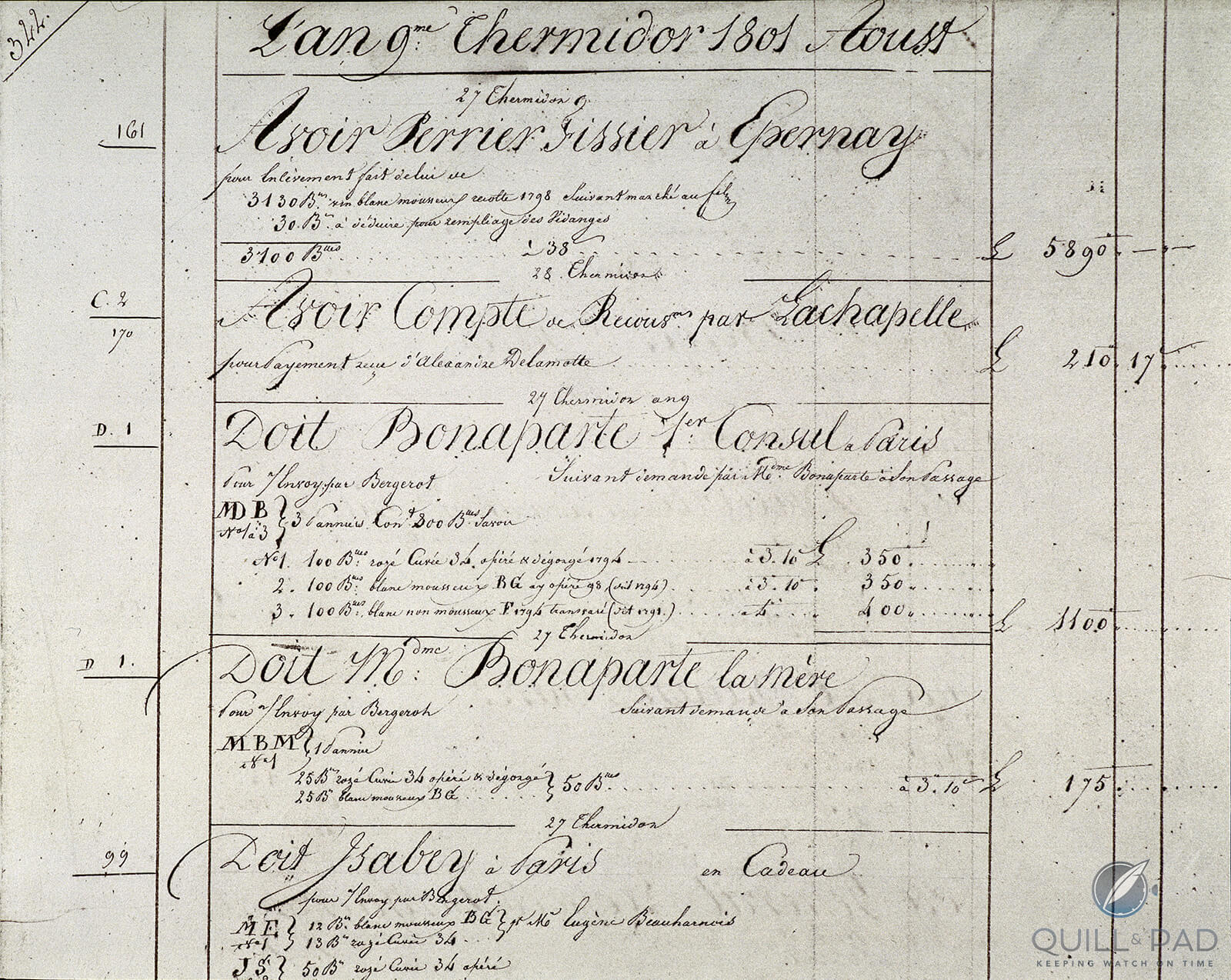
Extract from Moët & Chandon’s original order book
Thanks to his savvy business sense, Jean-Rémy Moët struck up a friendship with French Emperor Napoleon I, leading to the creation of the maison’s flagship non-vintage Moët Impérial champagne in honor of this prestigious client. Russian Tsar Alexander I also counted among the illustrious customers.
The family’s heirs consolidated the success of the brand, which has become the best known, bestselling, and the most consumed champagne worldwide today.
Moët & Chandon’s place in Champagne
Part of Moët Hennessy, the world’s largest luxury wines and spirits company, Moët & Chandon continues its global expansion under the powerful LVMH Group. Viewed as an international brand rather than a prestigious champagne producer, what is often forgotten is the important role Moët & Chandon played in the history of Champagne. And still does.
Moët & Chandon created many of the rituals associated with champagne today such as sabering, the smashing of bottles at ship christenings, and champagne showers after motor races.
In the late nineteenth century, Moët & Chandon successfully fought off the devastating phylloxera plague, established a viticulture and oenology school and research institute to share its vine-growing knowledge, and in 1900 one of its great leaders, Robert-Jean de Vogüé, improved the social and working conditions of winegrowers years before similar obligations were adopted in France.
In terms of innovation, Moët & Chandon has always been a pioneer. In 1006 it was the first producer in Champagne to invest in stainless steel vats to improve wine fermentation and aging processes, and in late 2020 it introduced its “Living Soils” sustainability initiative.
Continuing its tradition of investing in science, Moët & Chandon has even built a biodiversity conservatory of Champagne grape varieties. “On the oldest plots, we found more than 900 vines of old Pinot Noir or Chardonnay, for example, to set aside and preserve for the future, providing our successors and all the other champagne maisons the keys to the environmental challenges they might face in the future. It is, in a sense, a vast archival library of the vineyard,” Milcent commented.
Moët & Chandon has also opened a €20 million research facility for sustainable viticulture in the Champagne region, addressing topics such as microbiology to select and adapt yeasts, CO2 sequestration in the fields, and making grape varietals and rootstocks resistant to climate change and mildew.
Beyond its own lands, Moët & Chandon works closely with a community of more than 2,000 winegrowers and local cooperatives to promote the biodiversity of the entire region, aiming to help its partners achieve the same certifications so that Champagne’s exceptional terroir may be preserved for future generations.
Currently, 20 percent of the overall estate of its wine-growing partners (approximately 848 hectares) is certified as sustainable viticulture. Every year, Moët & Chandon purchases grapes from hundreds of wine-producing villages in the region to supplement the fruit of its own vineyards, to both support local producers and add nuances to its own wines.
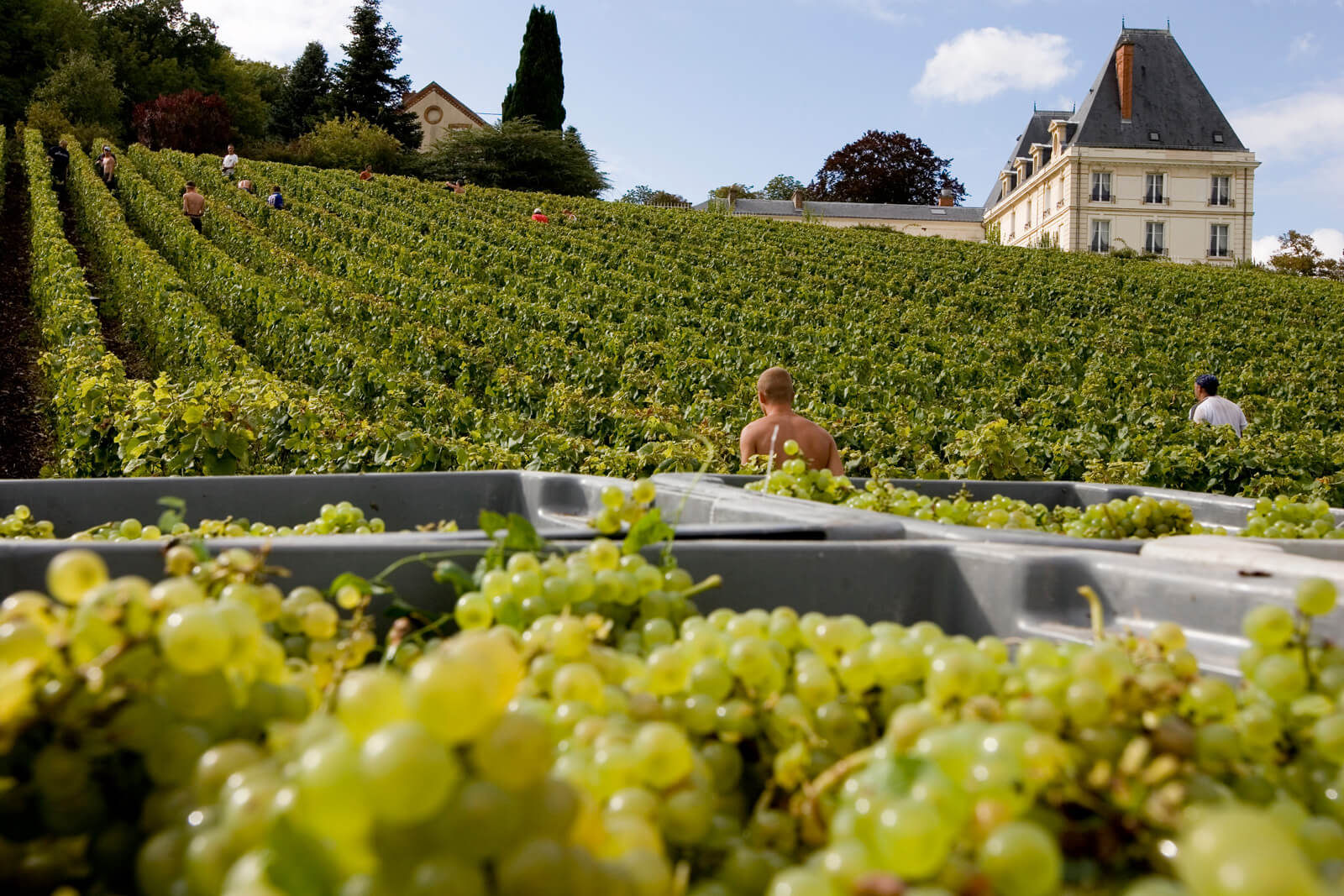
Moët & Chandon vineyards
Looking further to organic and biodynamic viticulture, Milcent pointed out, “Certifications and labels, like the organic label, are all positive ways to protect nature. We are inspired by these approaches. They all contribute to shaping the sustainable viticulture of the future.”
Searching for all kinds of solutions that advocate environmental protection and safeguard its terroir, Moët & Chandon is currently converting 10 hectares to organic certification, an experiment that started in 2017 to evaluate the risks and opportunities at each stage of the process, from vineyard to finished product, while simultaneously exploring biodynamic practices on a few plots.
In terms of collaborations, Moët & Chandon is also choosing partners aligned with its sustainability strategy. No stranger to motor racing sponsorship, having been the official champagne of numerous automobile competitions dating back to the 1930s, Moët & Chandon looks ahead to the exciting new future of the sport. For the third consecutive year it renewed its partnership with Formula E, the world’s first fully electric, single-seater motorsport championship, both brands dedicated to sustainability, technology and innovation, supplying champagne for both the winner’s podium and VIP hospitality.
In its latest collaboration, Moët & Chandon commissioned Korean-American fashion designer Yoon, co-founder and creative director of her own label, Ambush, to create a limited-edition bottle of the Moët Impérial champagne. A portion of profits from the sales will be donated to the World Land Trust, an international conservation charity defending threatened natural habitats.
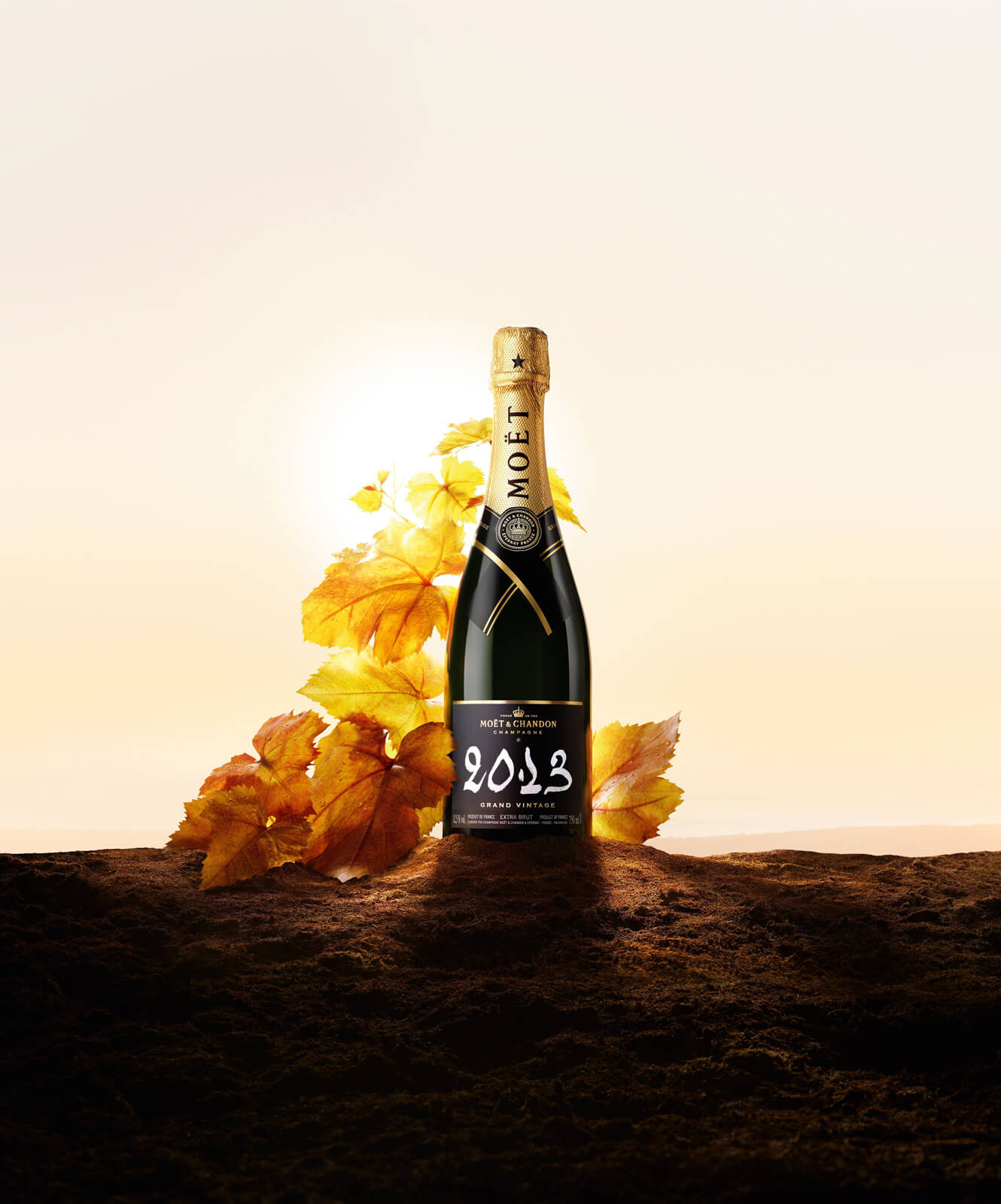
Moët & Chandon Grand Vintage 2013
For Moët & Chandon, it has never been about outdoing its rivals in the sustainability stakes, but rather working toward common goals and constantly improving its savoir-faire.
“When it comes to sustainability, it is not a competition,” Milcent concluded. “Moët & Chandon is constantly exploring and experimenting to preserve the natural balance of the Champagne terroir. However, it’s fundamental to understand that the results of every method depends on the climate, the terroir, and the level of pests. It is therefore necessary to constantly review the model, observe and conduct small-scale tests in order to learn, act, and move forward. This is Moët & Chandon’s approach in its quest to preserve nature.”
For more information, please visit www.moet.com.
You may also enjoy:
Dom Pérignon 2008: From The Monk’s Earliest Beginnings To The Most Glorious Champagne Vintage
Champagne Labruyère And JM Sélèque: The Majesty Of Grower Champagnes
Louis Roederer Cristal 2008: Supreme Elegance And Ethereal Grace







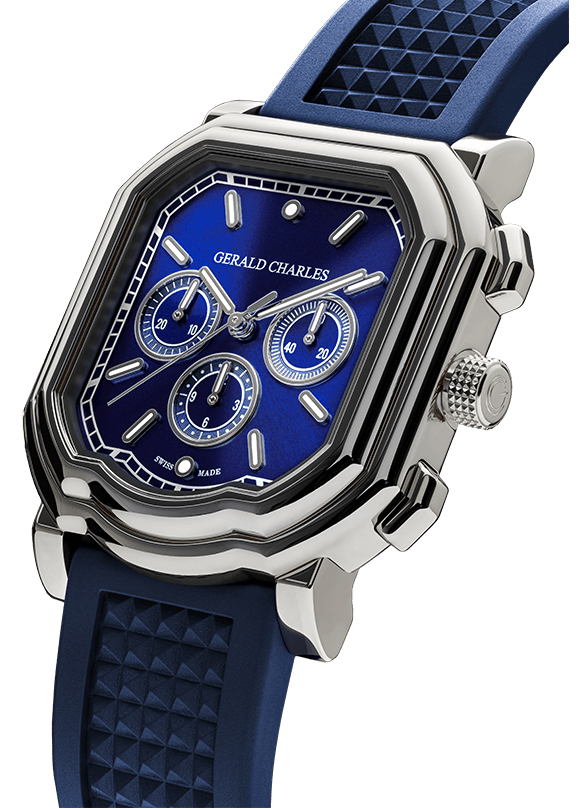

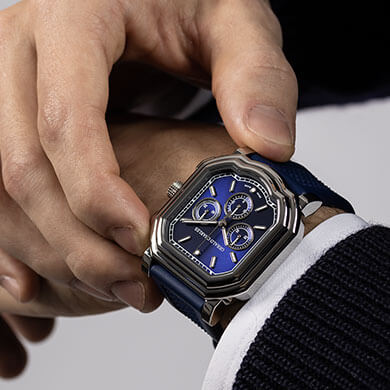
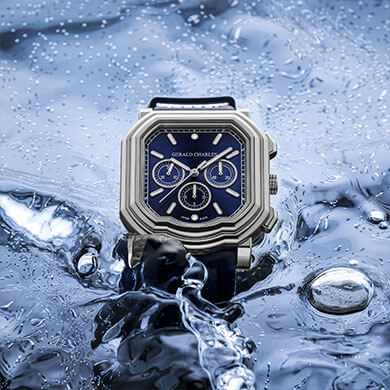

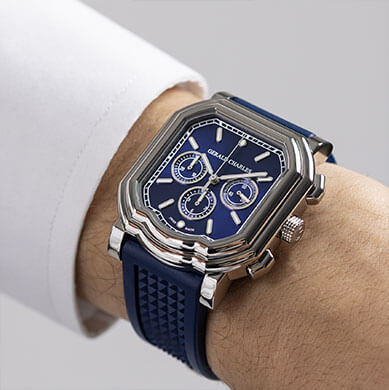



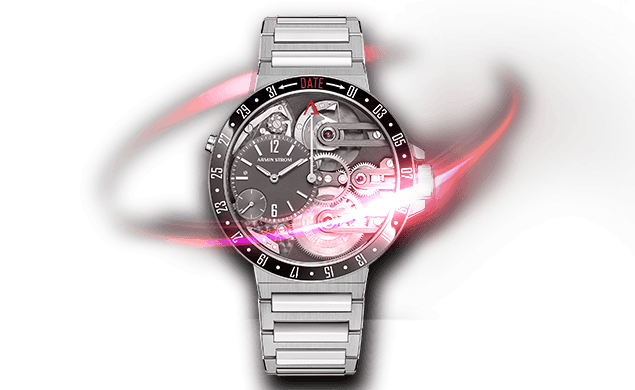
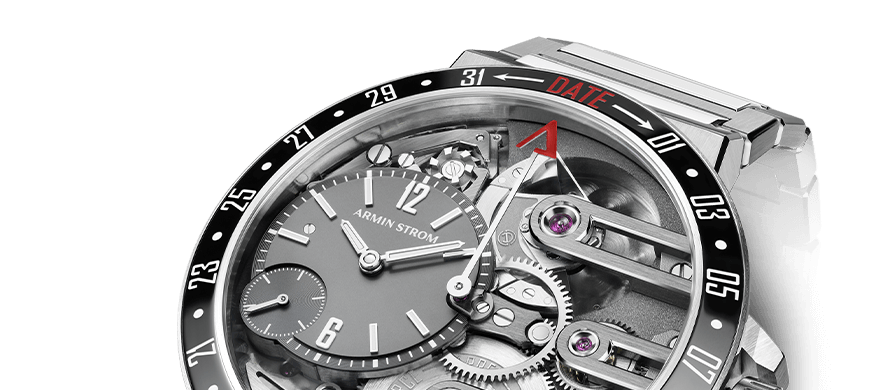
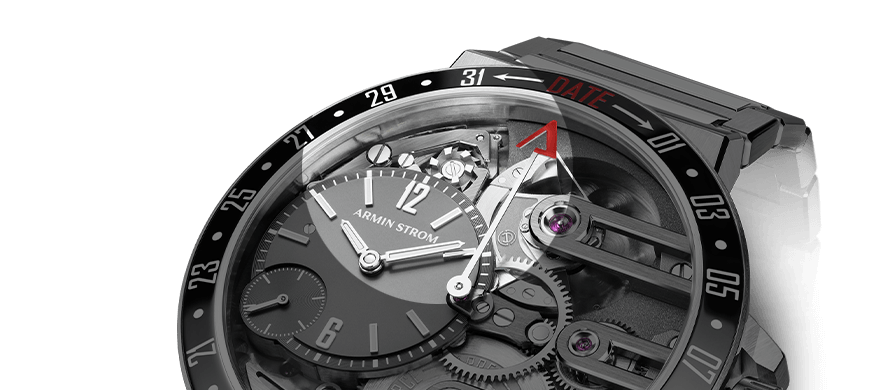


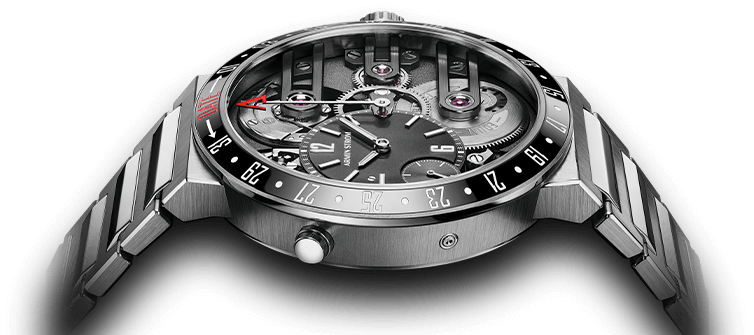
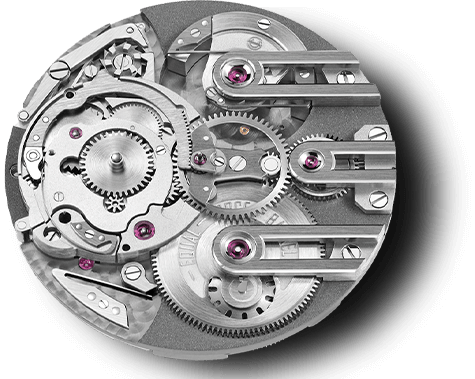

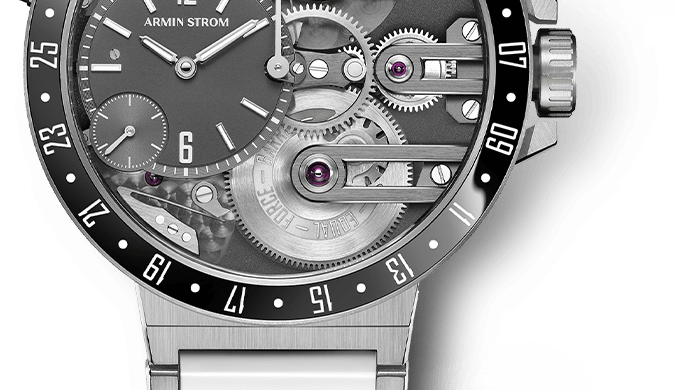
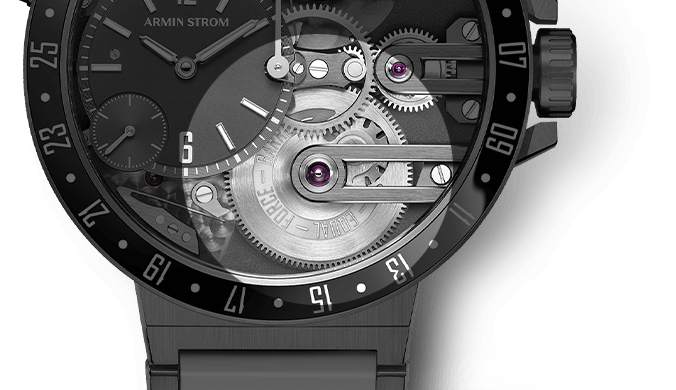





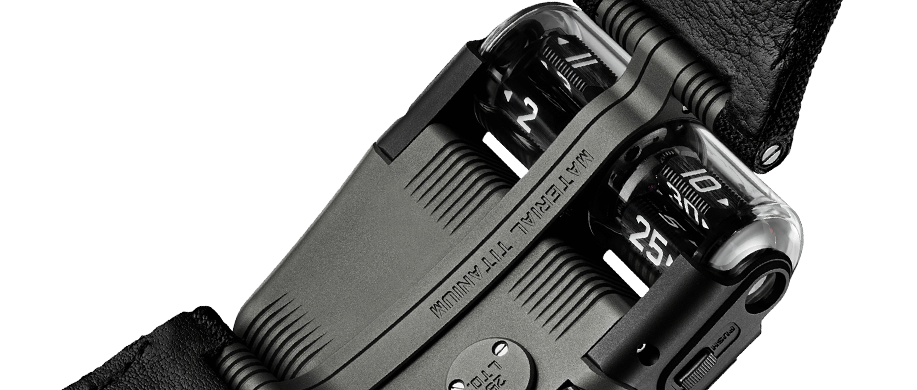
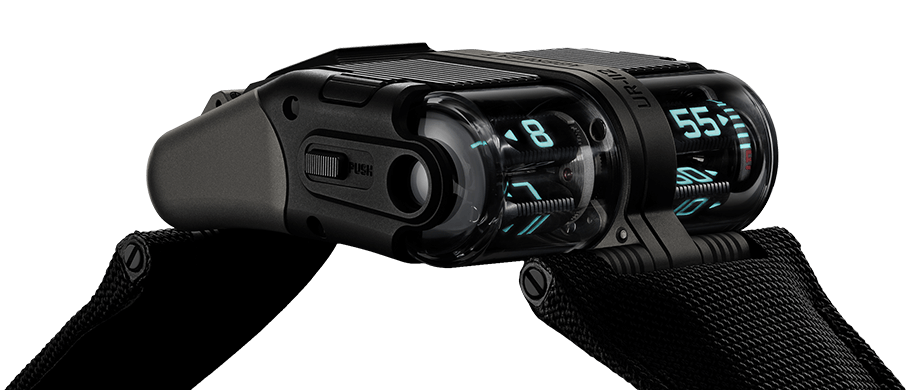

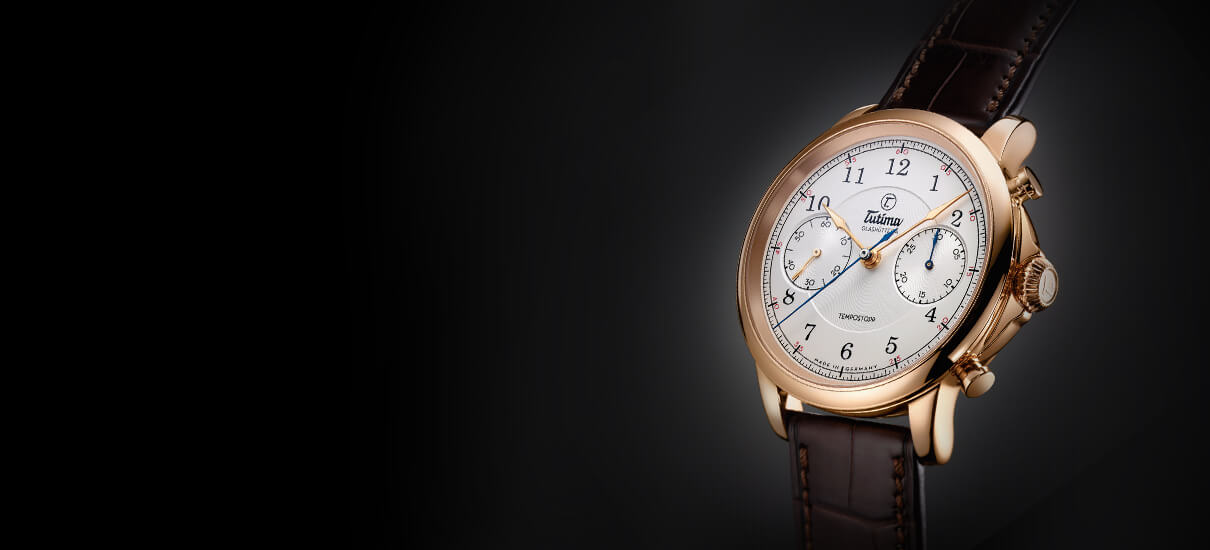

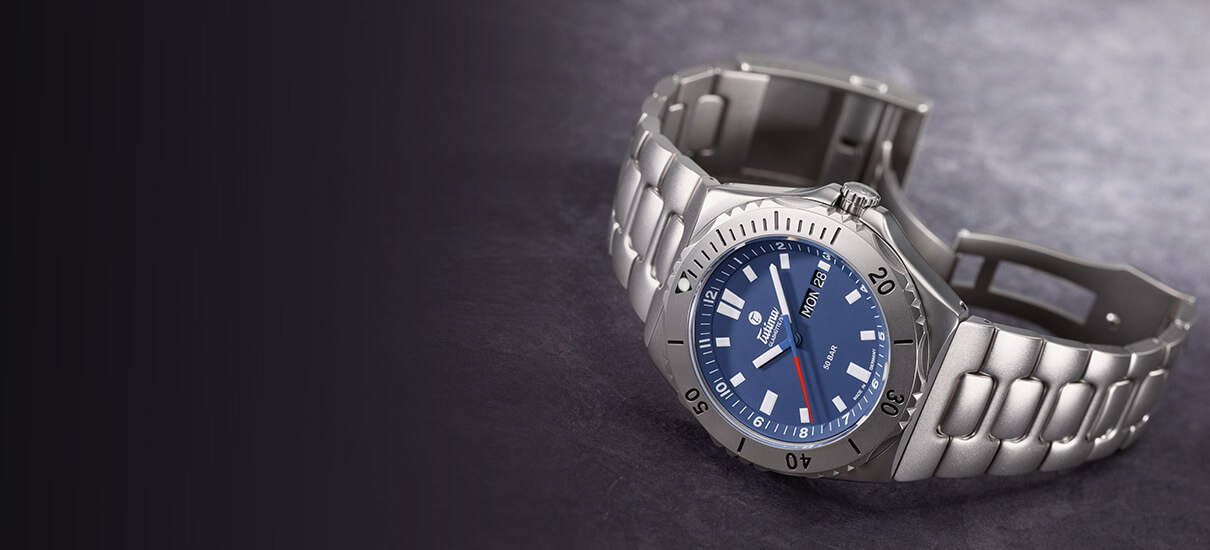

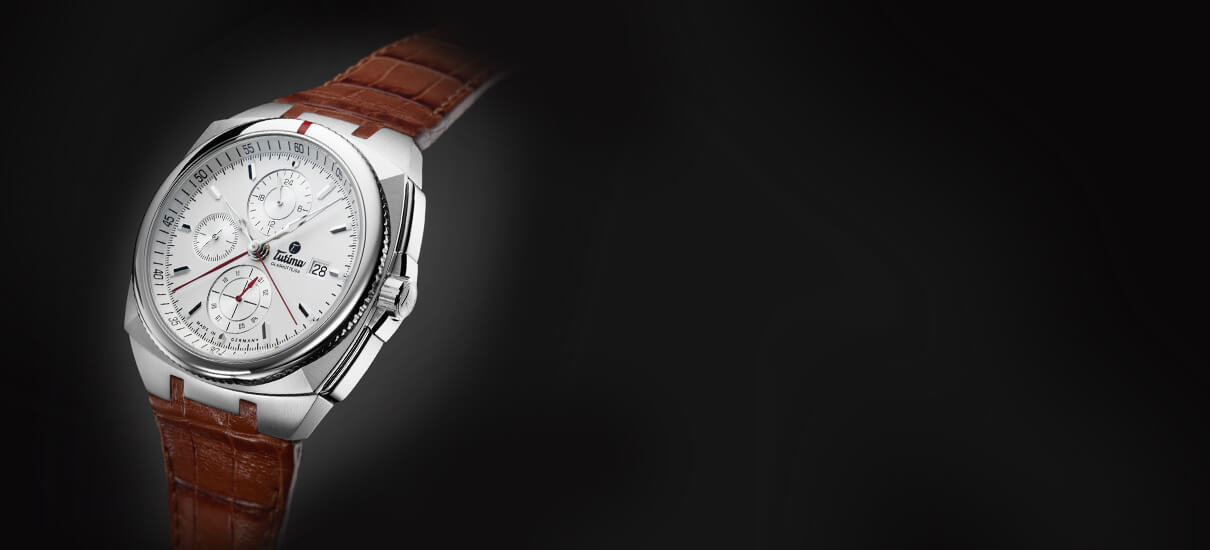

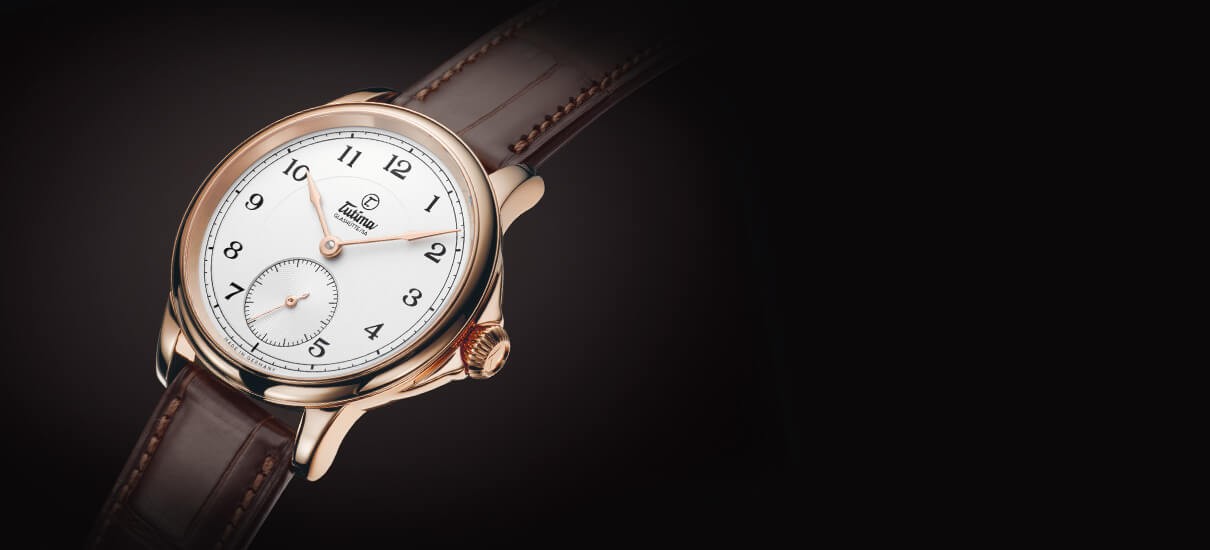

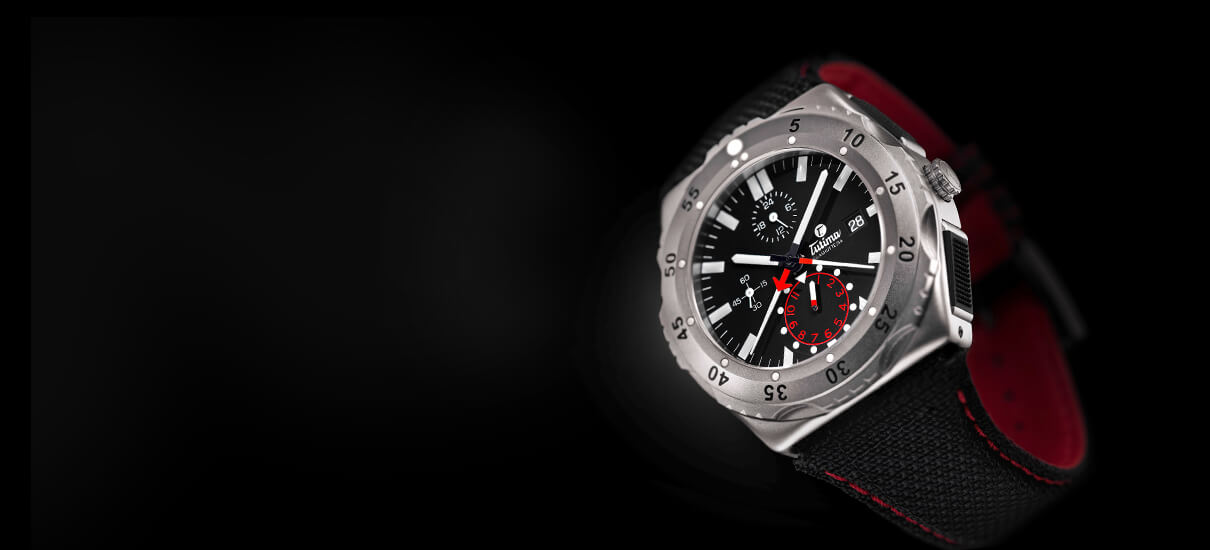

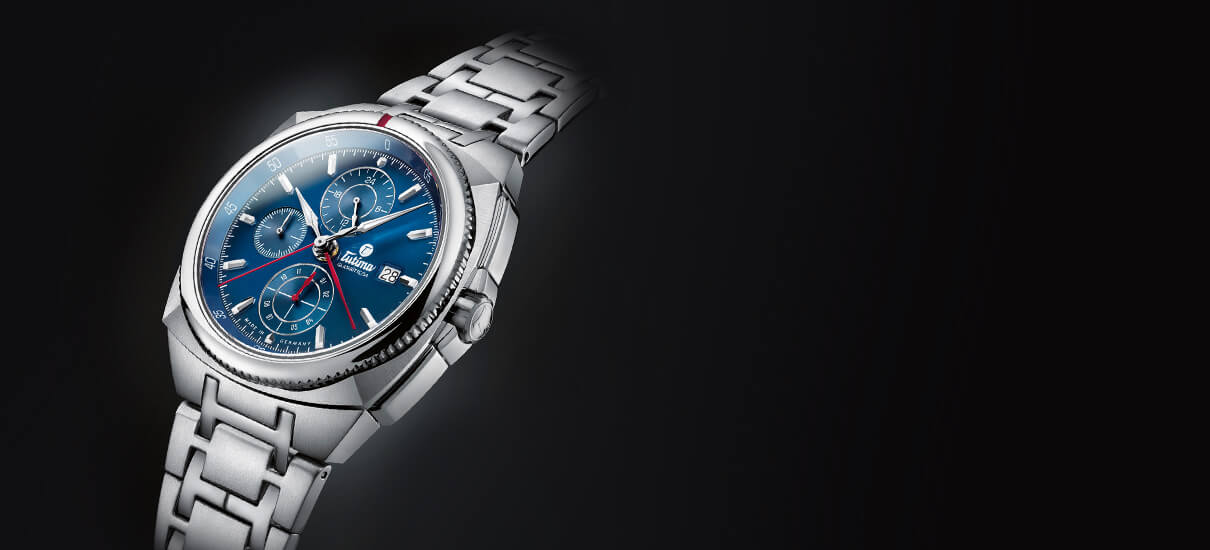

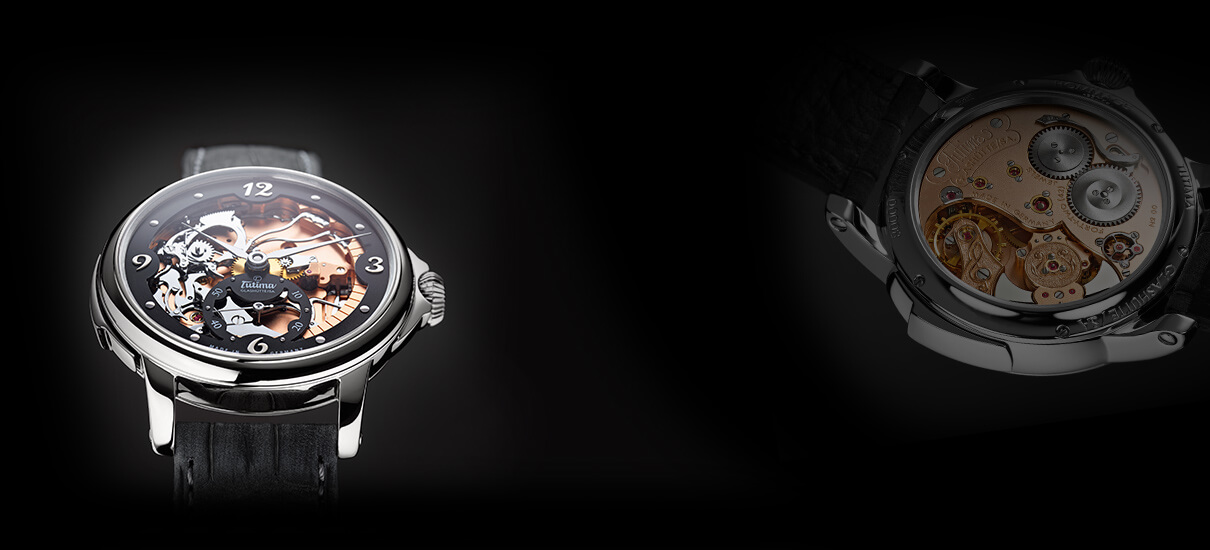

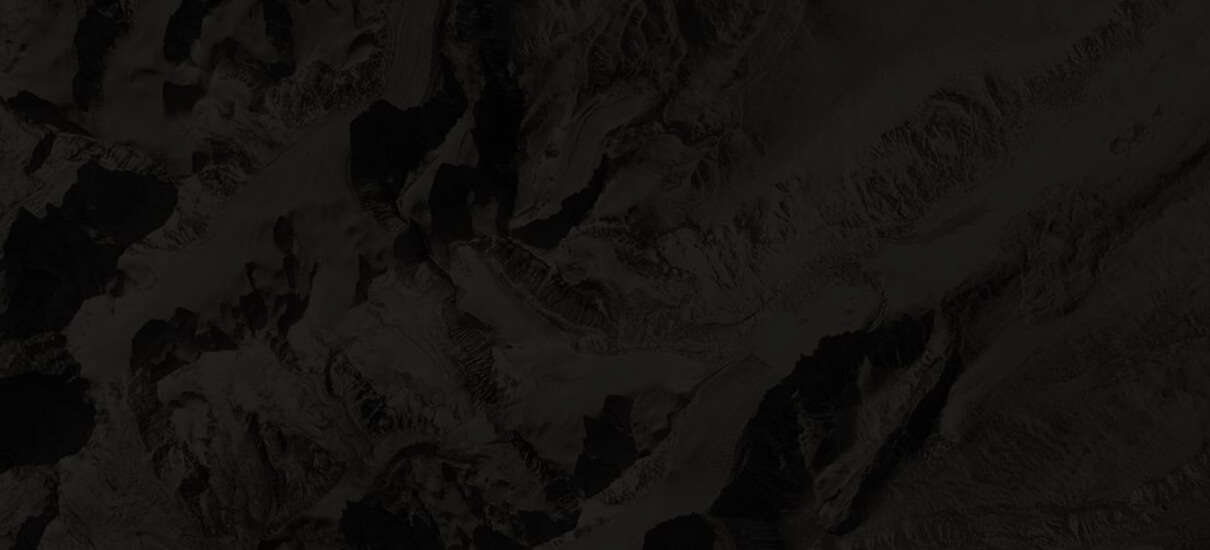

Leave a Reply
Want to join the discussion?Feel free to contribute!